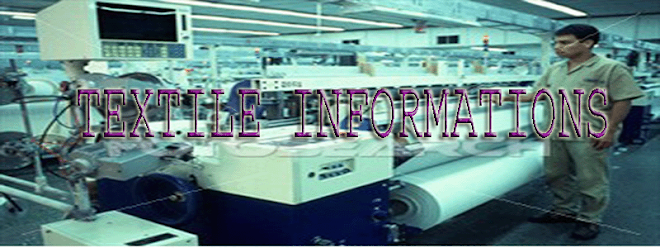CASE STUDIES FOR TEXTILE PRINTING
CASE NO. 1
Description - A survey of dyes in the mid 1970's showed
that 95% of the capper in an N.C. company's effluent
originated from 13 dyes. They were:
Dye
Belamine F Red 3BL
Belamine B Blue LT
Pyrazol F Violet MXD
Solantine Brown BRL
Atlantic Blue 8 GLN-K
Atlantic Resinfast Blue 2R
Sirius Supra Turquoise LG
Superlitefast Blue 2GLL
Direct Navy OFS
Belamine Red 3BL
Solophenyl Brown BRL
Fastolite Blue L
Atlantic Black NR
Percentage Cu Content
4.00
3.68
3.00
3.00
2.70
2.50
2.29
1.00
0.70
4.00
3.00
2.70
1.50
All of the previous dyes have copper as a part of the
dye molecule structure.
Possible Courses of Action:
(1) Substitute for metal containing dyes with nonmetal
dyes.
(2) Insure maximum fixation of dye by optimizing
all processing parameters such as time and temperature of
fixation, pH, salt concentration, and auxillary chemicals
content.
In this case, direct dyes with non-metal content were
substituted where possible, therefore, reducing the metal
content discharged.
PIGMENTS IN TEXTILE PRINTING
In some cases, textile printing companies may use
metal containing pigments which may not appear in the
Color Index. Here also the copper is bound as an integral
part of the chromophore molecule.
Pigment Percentage & Content
Inmont Respad Green GB3W 0.80
Inmont Respad Blue G3W 1.40
Inmont Respad Blue GH3W 1.35
Inmont Respad Blue GL3W 0.10
Inmont Respad Violet V3W 1.15
Inmont Respad Grey R3W 0.10



